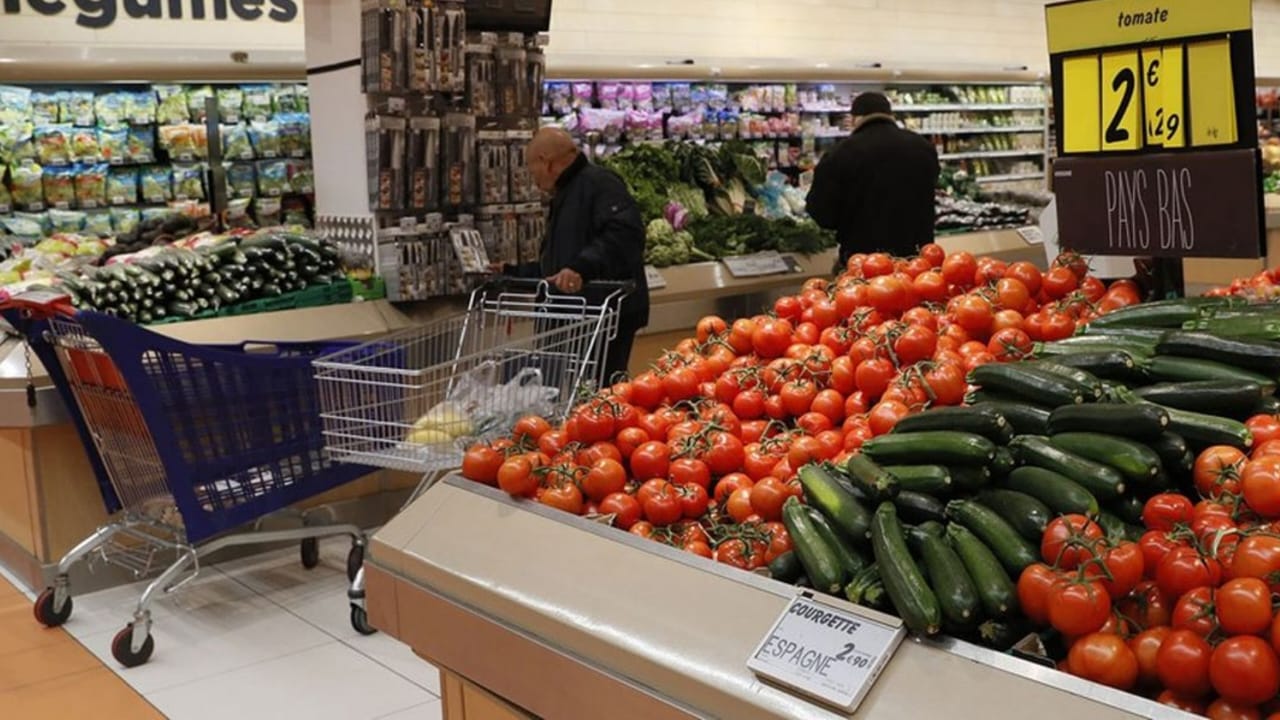Beyond Five-a-Day: Why Eating More Plants Brings Bigger Health Benefits
A simple slogan reshaped how we think about food. The five-a-day goal made healthy eating feel achievable, but new evidence shows bigger benefits come from aiming higher. The science is clear: more plants, more often. With smart swaps and small steps, you can boost your intake without stress while keeping meals colorful, tasty, and affordable.
How Five-a-Day Became a Popular Health Message
Public health teams needed a number people could remember. Five servings sounded simple and realistic, so it spread through schools, supermarkets, and clinics. It was never a ceiling—just a starting point. Many adults still fall short, so the baseline remains useful, even as research points to higher intakes for stronger protection.
When chef Jamie Oliver called the slogan “a lie,” he highlighted the gap between a memorable goal and the optimal one. He wasn’t wrong. The more fruit and vegetables people eat, the bigger the health gains. Five-a-day got people moving, but science now suggests we should climb higher.
What the Evidence Shows About Higher Intake
Large combined studies link increased portions to lower risks of heart disease, cancer, and early death. A global review of over two million people found benefits continue up to about ten portions daily.
In the UK, people eating seven or more servings had a 42% lower risk of death compared with those eating less than one. Each extra portion counts, making five-a-day a strong foundation but not the finish line.
What Counts as a Portion—and How to Stack Them
One serving equals about 80 g—roughly the size of an apple, a handful of berries, or three tablespoons of peas. Spread across meals and snacks, hitting eight to ten portions becomes practical:
- Breakfast: add berries to cereal, a banana to porridge, or spinach to eggs.
- Lunch: slip salad into sandwiches, beans into soups, and vegetables into wraps.
- Dinner: double side dishes and bulk out sauces or curries with lentils, mushrooms, or peppers.
- Snacks: grab fruit, veggie sticks with dip, or roasted legumes for crunch.
Variety matters. Aim for a rainbow of colors across the week to support gut health, steady energy, and long-term consistency.
Global Habits Show Five-a-Day Is Just a Baseline
Japan recommends around ten portions daily, and many households meet or exceed this with seasonal produce and soy-based dishes. In the Mediterranean, diets rich in vegetables, beans, nuts, and olive oil link to lower heart disease and longer life. Across cultures, the pattern is the same: the more plants on the plate, the stronger the health benefits.
Researchers note that variety plays a role too. Diverse fruit and vegetable intake correlates with lower mortality, showing it’s not just about hitting numbers but about building abundance and balance into daily meals.
Simple Ways to Go Beyond the Baseline
You don’t need complicated plans to raise your intake. Try these practical strategies:
- Keep frozen vegetables ready for quick sides.
- Stock canned legumes for easy additions to soups, salads, or pasta.
- Prepare vegetable-rich sauces with carrots, celery, and mushrooms.
- Serve two sides at dinner instead of one.
- Swap chips for nuts and fruit, or sugary desserts for baked fruit with yogurt.
Fresh isn’t the only option—frozen, canned, and dried fruits and vegetables count too. Smoothies or juices only qualify as one serving per day due to sugar, so treat them as a bonus, not a shortcut.
Climb Higher One Step at a Time
You don’t need a total overhaul. Consistency is what matters. Keep meals colorful, lean on affordable staples, and make small swaps that stick. Five-a-day was always the beginning. Push past it at your pace, and the benefits—from better energy to lower disease risk—will keep growing.
